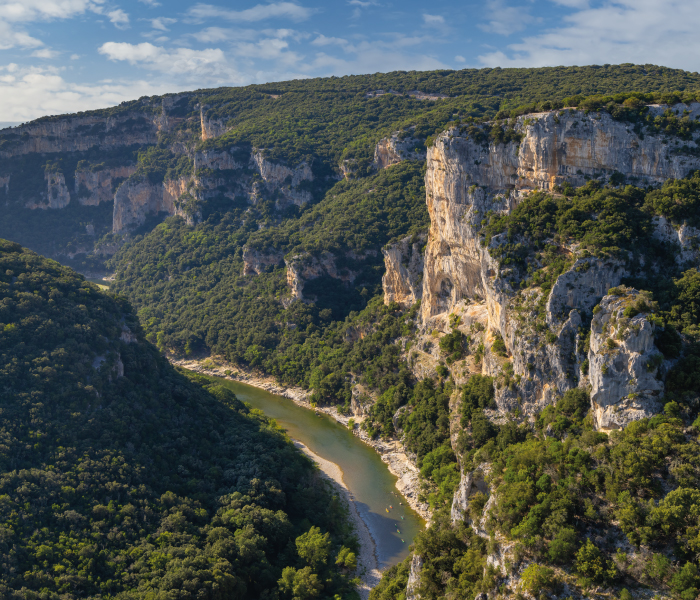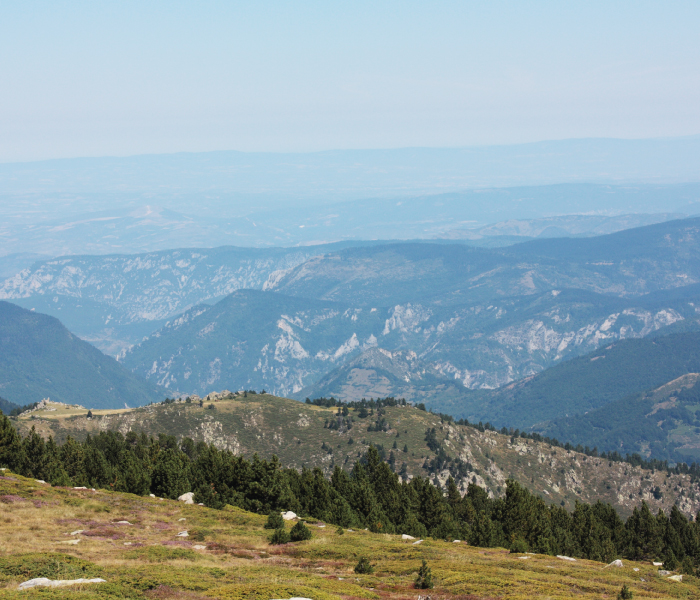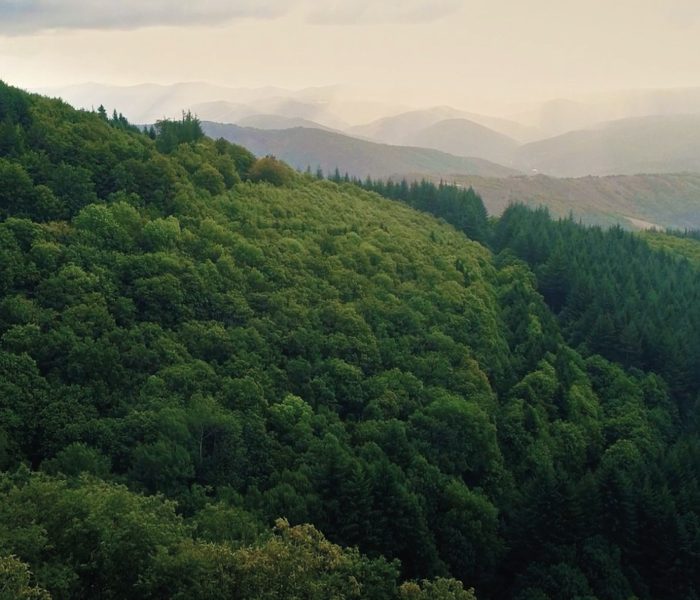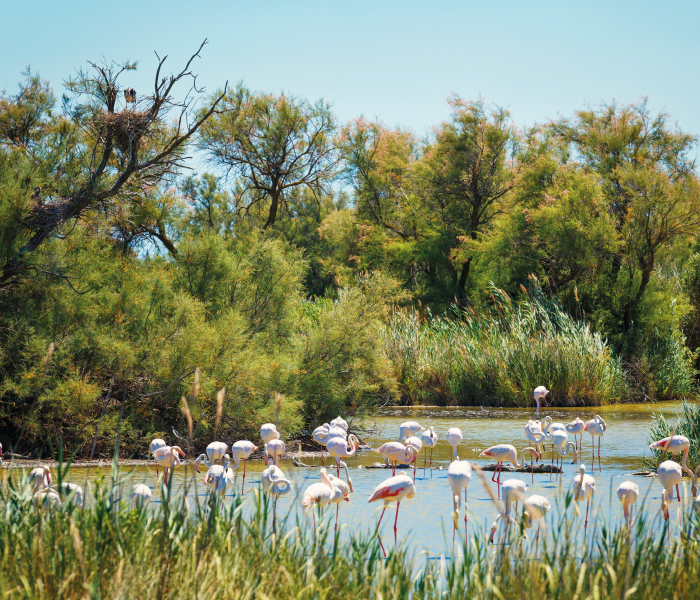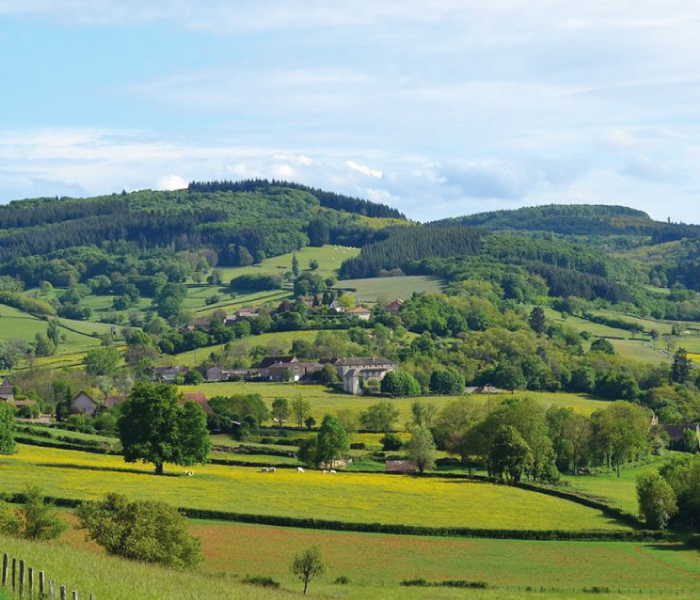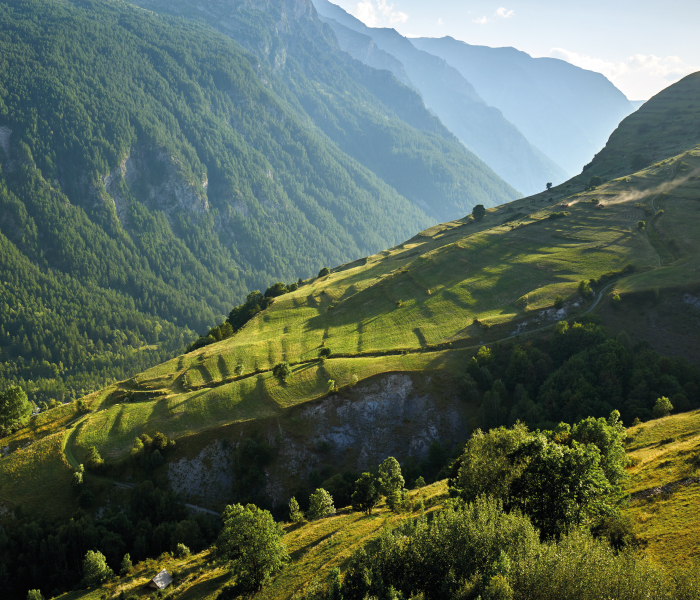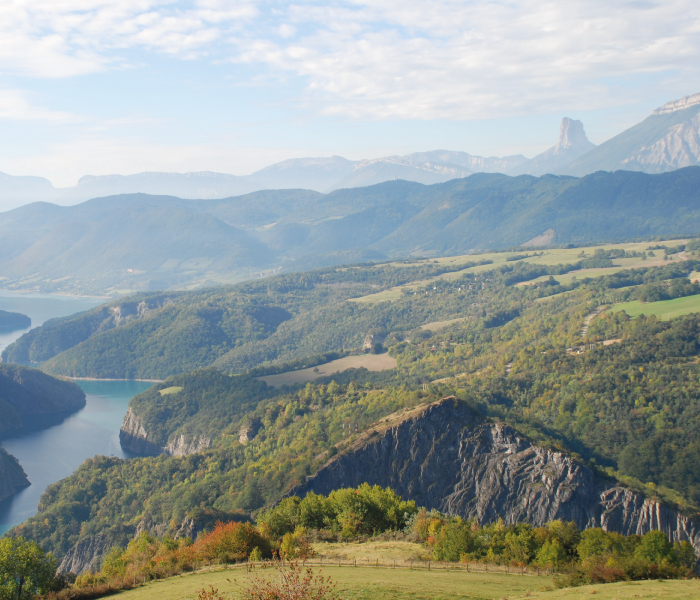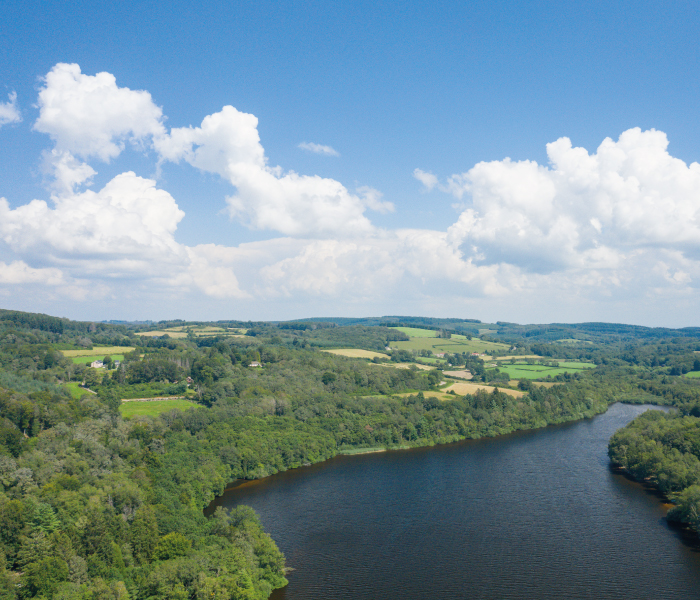Our honeys differ according to where they are gathered, the flowers and the year. The sentinels of biodiversity (our bees don't just harvest, they pollinate!) forage in natural parks to collect monofloral nectars - acacia, lime, chestnut, dandelion - and multifloral nectars - meadow, forest or mountain flowers.
Each park is the reflection of a living territory and environmentally-friendly growers, who carefully choose a terrain, a soil, an altitude and a season to pot typical and singular flavors. But within the same park, everything can change at the speed of a flap of the wings. All it takes is a few kilometers, a difference in altitude, the presence of rivers or winds, for the vegetation to change. Only the beekeeper knows the transhumance route by heart, following the weather and watching for flowering.


